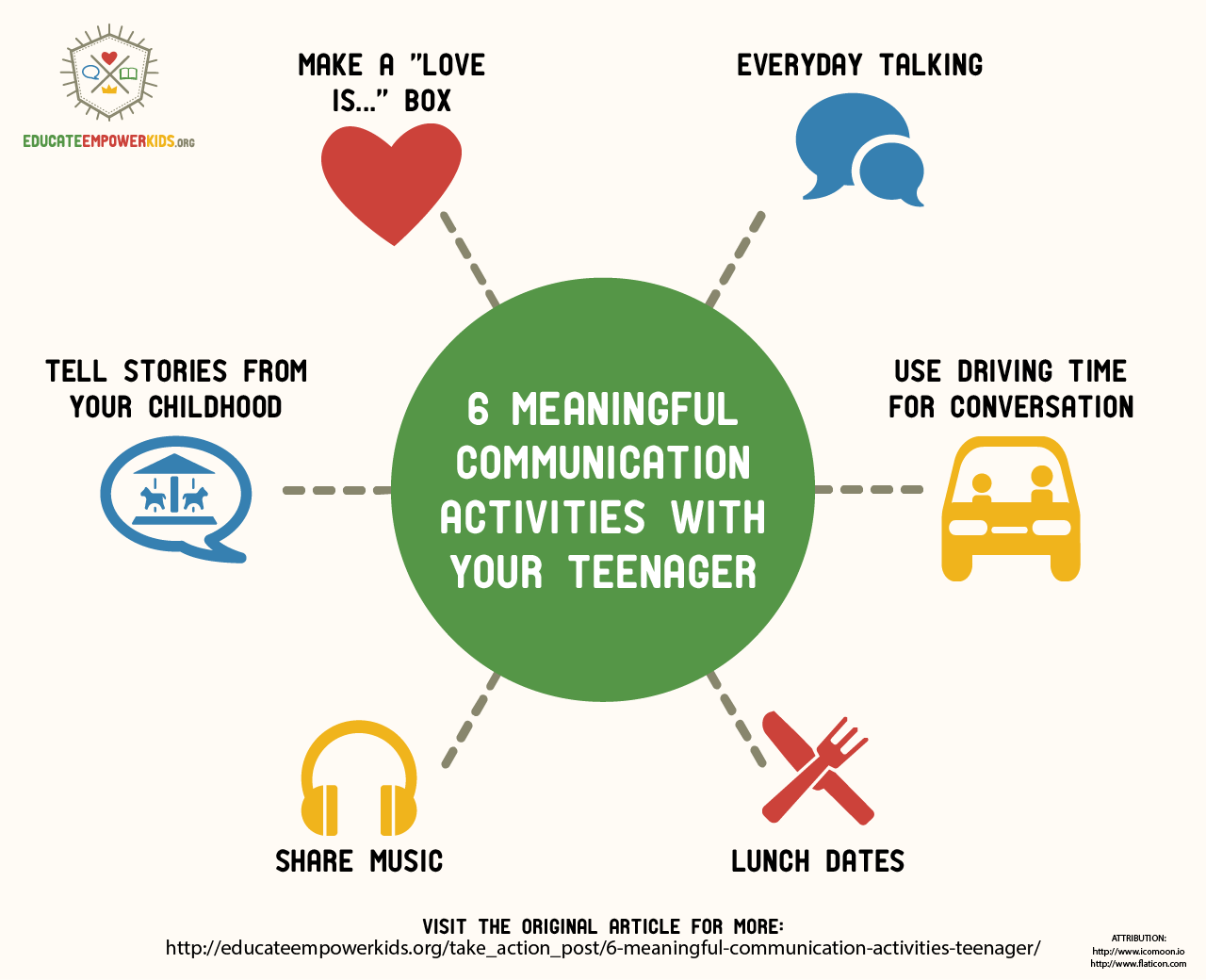The Power of Team Building: Fostering Collaboration and Success
In today's dynamic and competitive business landscape, organizations are increasingly recognizing the importance of team building as a catalyst for success. A well-functioning team is more than just a group of individuals working together; it is a cohesive unit that shares common goals, communicates effectively, and leverages the strengths of each member. In this article, we will delve into the significance of team building and explore how it can foster collaboration and drive exceptional results.
Defining Team Building
Team building refers to a deliberate effort to enhance team performance and cohesion through various activities, exercises, and interventions. It involves creating an environment that encourages collaboration, trust, open communication, and a shared sense of purpose. Team building activities can range from icebreaker games and problem-solving challenges to workshops and retreats focused on building relationships and improving teamwork.
Fostering Collaboration
- Improved Communication: Team building activities provide opportunities for team members to interact outside the constraints of their regular work environment. This helps break down communication barriers, encourages dialogue, and promotes active listening. Enhanced communication leads to better understanding, more effective problem-solving, and a greater sense of shared ownership over team goals.
- Trust and Respect: Trust is the foundation of any successful team. Team building exercises build trust by fostering cooperation, encouraging transparency, and highlighting individual strengths. When team members trust and respect each other, they are more likely to collaborate, share ideas, and support one another, leading to increased productivity and innovation.
- Enhanced Collaboration: Team building activities often involve collaborative tasks that require members to work together towards a common goal. By engaging in shared experiences, team members develop a deeper appreciation for each other's skills, knowledge, and perspectives. This, in turn, leads to increased collaboration and synergy, as individuals leverage their diverse talents to achieve collective objectives.
- Conflict Resolution: Conflict is an inevitable part of any team dynamic. However, team building activities can equip team members with conflict resolution skills, teaching them how to manage disagreements constructively. By learning effective communication techniques and gaining insights into different perspectives, team members can address conflicts early on, preventing them from escalating and negatively impacting team morale and productivity.
Driving Success
- Motivation and Engagement: A strong team built through team building activities fosters a sense of belonging and camaraderie. When individuals feel valued and connected to their team, they are more motivated to contribute their best efforts. Engaged team members are driven to excel, seek continuous improvement, and take ownership of their work, resulting in increased productivity and overall success.
- Innovation and Creativity: Team building activities often encourage brainstorming, problem-solving, and thinking outside the box. By bringing together diverse perspectives and encouraging collaboration, teams become more adept at generating innovative ideas and finding creative solutions to challenges. The synergy created through team building activities can unlock the full potential of the team and lead to breakthroughs that drive organizational success.
- Retention and Satisfaction: A positive team culture cultivated through team building initiatives contributes to higher employee satisfaction and retention. When team members feel connected and supported, they are more likely to stay committed to the organization. This reduces turnover, ensures continuity, and saves resources on recruiting and training new team members.
Types of Team Building Activities:
- Icebreaker Activities: These activities are designed to help team members get to know each other better and break down initial barriers. Icebreakers often involve sharing personal stories, playing games, or participating in team-building exercises that encourage interaction and create a relaxed and comfortable environment.
- Problem-Solving Activities: Problem-solving activities aim to improve critical thinking, collaboration, and decision-making skills within the team. These activities usually involve working together to solve complex challenges, puzzles, or scenarios that require brainstorming, strategizing, and effective communication.

- Trust-Building Activities: Trust is a fundamental element of successful teamwork. Trust-building activities focus on fostering trust and enhancing interpersonal relationships among team members. Examples include blindfolded trust walks, trust falls, and trust-building exercises that encourage vulnerability and reliance on one another.

- Communication Activities: Effective communication is vital for teamwork. Communication-focused team building activities aim to improve active listening, clarity, and understanding among team members. These activities may involve role-playing exercises, problem-solving tasks with limited communication channels, or communication style assessments to enhance interpersonal skills.

- Outdoor or Adventure Activities: Outdoor or adventure-based team building activities provide an opportunity for teams to engage in physically challenging tasks or outdoor adventures such as ropes courses, rock climbing, or wilderness excursions. These activities foster teamwork, leadership, and resilience by pushing team members beyond their comfort zones and encouraging them to rely on each other.

Benefits of Team Building:
- Improved Collaboration: Team building activities promote collaboration by providing opportunities for team members to work together, solve problems, and make decisions collectively. This leads to better coordination, synergy, and alignment of efforts, ultimately enhancing overall team performance.
- Enhanced Communication: Team building activities facilitate open and effective communication by encouraging team members to share ideas, thoughts, and feedback in a non-threatening environment. Improved communication reduces misunderstandings, conflicts, and fosters a culture of trust and transparency.
- Increased Motivation and Productivity: Engaging in team building activities helps create a positive and motivating work environment. When team members feel valued, supported, and connected, their motivation and productivity levels rise, resulting in higher-quality work and improved outcomes.
- Strengthened Relationships: Team building activities allow team members to build stronger relationships and develop a deeper understanding of one another. Building rapport and camaraderie fosters a sense of belonging and encourages collaboration, leading to improved teamwork and job satisfaction.
- Problem-Solving and Innovation: Team building activities often involve problem-solving tasks that require creative thinking, collaboration, and innovation. These activities help team members develop their problem-solving skills, think outside the box, and generate innovative solutions to challenges encountered in the workplace.
- Conflict Resolution: Team building activities can help identify and address underlying conflicts within a team. By improving communication, promoting empathy, and teaching conflict resolution techniques, team building activities enable teams to manage and resolve conflicts constructively, reducing negative impacts on team dynamics.
- Organizational Alignment: Team building activities can align team members with the organization's mission, vision, and values. When team members have a clear understanding of the bigger picture and how their work contributes to organizational goals, they become more engaged and focused on achieving collective success.
It's important to note that team building is an ongoing process and not a one-time event. Regularly incorporating team building activities into the work routine helps to maintain and strengthen the positive outcomes achieved through initial team building efforts.
In conclusion, team building activities play a crucial role in fostering collaboration, trust, communication, and motivation within teams. By investing in team building initiatives, organizations can unlock the full potential of their teams, leading to improved performance, innovation, and overall success.
Conclusion
Team building is not merely a feel-good exercise; it is an essential investment in an organization's success. By fostering collaboration, trust, and effective communication, team building activities contribute to improved performance, innovation, and employee satisfaction. Building strong teams leads to a more engaged and motivated workforce, enabling organizations to navigate challenges, adapt to change, and achieve remarkable results. Embracing team building as a strategic tool can propel organizations forward, empowering them to thrive in today's fast-paced business environment.



































